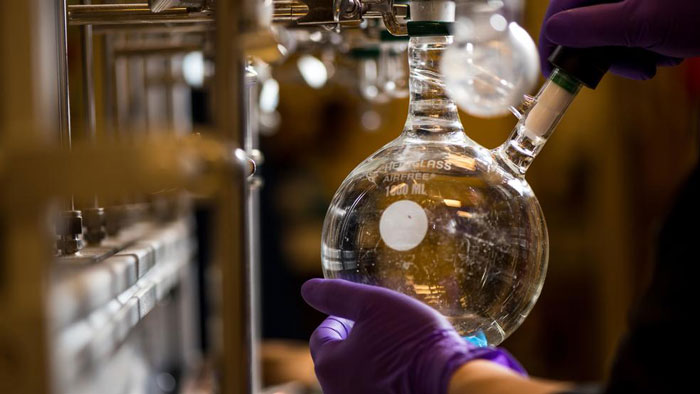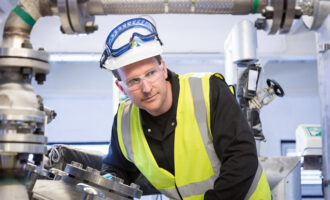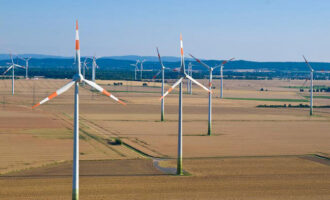
PNNL’s new energy sciences research facility to focus on vehicle emissions, waste-to-fuels
A new facility where scientists will conduct research that leads to improved catalysts, and more efficient energy and transportation technologies, will be constructed on the U.S. Department of Energy’s Pacific Northwest National Laboratory (PNNL) campus starting later this year or early 2020.
The energy sciences research building will be designed and constructed by a team comprised of Harvey Cleary Builders and Kirksey Architecture. The Houston-based partnership has been awarded a USD64.2 million contract to design and build the facility on the PNNL campus in Richland, Washington state. Harvey Cleary Builders served as the general construction contractor for a USD75 million biological and computational sciences facility built on the PNNL campus in 2008-09.
Work in the energy sciences facility will focus on fundamental research in advanced chemistry, materials science and computing. Researchers will use their findings to develop more energy efficient chemical processes and new materials for use in energy and transportation technologies, among other innovations.
The research facility, to be named later, will be between 110,000 and 145,000 square feet. It will house labs and workstations for approximately 175 PNNL and visiting scientists, engineers and research support staff.
According to the current timeline, the design phase will last through the summer, with groundbreaking occurring in late 2019 or early 2020. The building will be ready for occupancy in mid- or late 2021.
In March 2018, the U.S. Congress approved funding for the building’s design and construction. The State of Washington also has appropriated USD8 million to fund scientific instrumentation that will be housed in the facility.
“The energy sciences facility will provide essential capabilities and a collaborative environment that leads to accelerated scientific discovery,” said PNNL Director Steven Ashby. “Breakthrough research conducted here may lead to reduced vehicle emissions, more efficient fertilizer production, and the ability to turn waste into fuels and products more efficiently and economically.”
Ashby added that the building will be designed to enhance regional research collaborations, including those with the University of Washington and Washington State University.
The energy sciences facility is part of an ongoing campus strategy to construct, acquire, modernize and sustain facilities and infrastructure to further enable core research and development capabilities at PNNL.









